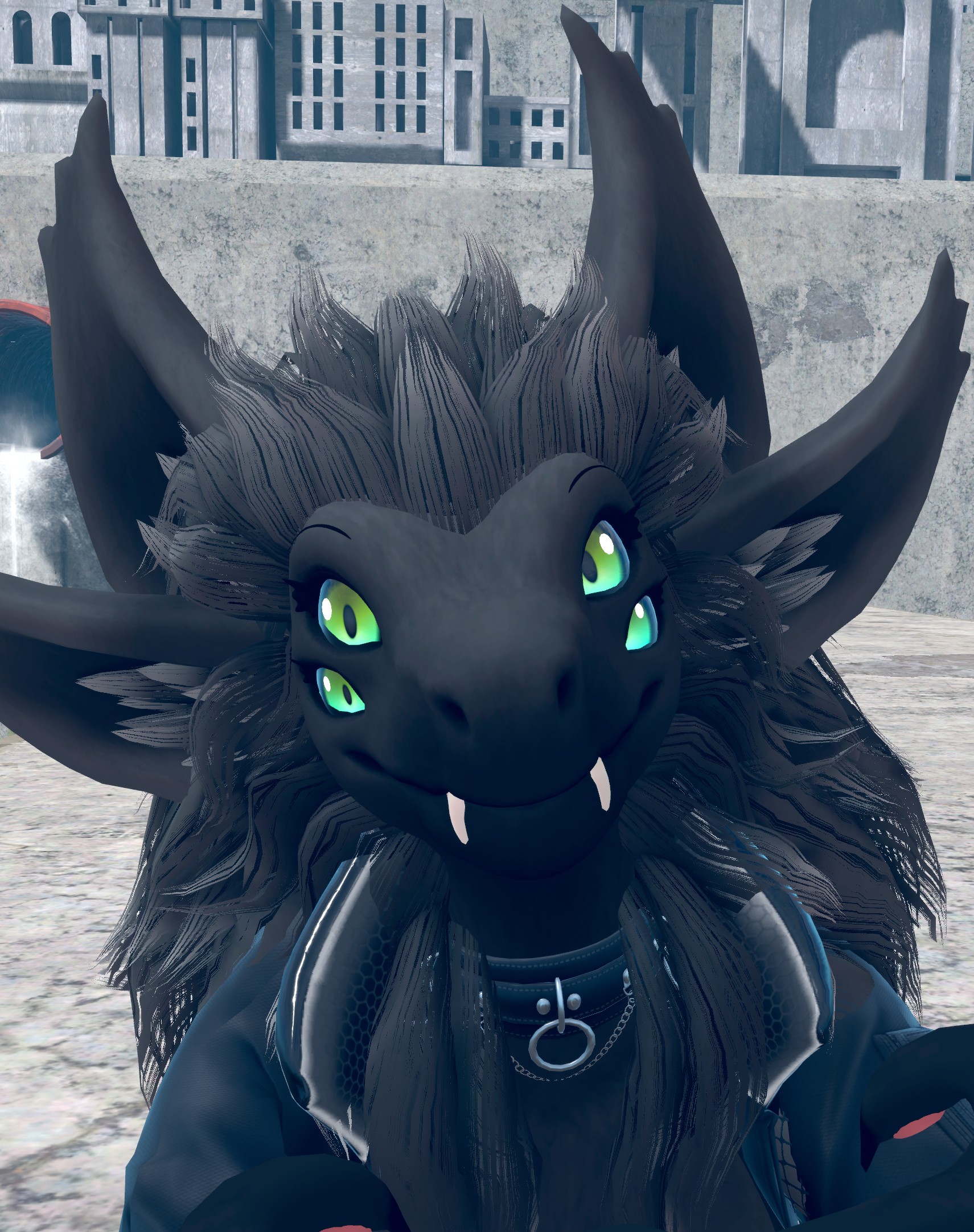Only 1000g of force? surely it must be more
Might be 1000G but that seems excessive
I looked it up, it’s actually in excess of 1,000G(-forces), which is kinda fucking insane.
I’ve seen that image many times before, but not really stopped to think about the details.
-
‘Tongue bones’ disturbs me. Doubly so when they seem to be shown curving around the inside of the skull. Are they actually bones, or more akin to tendons?
-
A woodpeckers tongue appears to be bifurcated at the back. I suppose that makes sense if it curves upwards rather than down the throat, but still; nature is weird.
-
1000G is a lot of force. Even if the brain is padded by the tongue (it’s like they’re almost licking their own brains), the bulk of the brain is still getting bounced around. I wonder if we can learn anything about mitigating TBIs from them?
Just making sure you understood ‘g’ here is grams (so 1 kg or 9.8 N) and not 1000 G as in the force of gravity (which would be 9800 N / kg).
**Edit: I am wrong, it is quoted at around 1000 times the force of gravity. That is insane.
If you check other sources as well, it seems to, in fact, be 1000 times gravity. For example check The Audubon Society where it’s quoted as ‘1500 g-force’ units, compared to about 5 on a rollercoaster, this paper which seems to show it as even greater in figure 2 or The Zooilogical Society of London which cites 10000 m/s/s or around 1000 g.
Interestingly, as woodpecker brains apparently weight about 2.5 grams, the difference between 9.8N of force and 1000 g=0.0025*9.81*1000=24.525N isn’t all that great. From reading around it seems their skulls and tongues don’t even absorb much impact. as it’d make their digging less efficient, their brains are just light enough and structured so they don’t get damaged.
-




